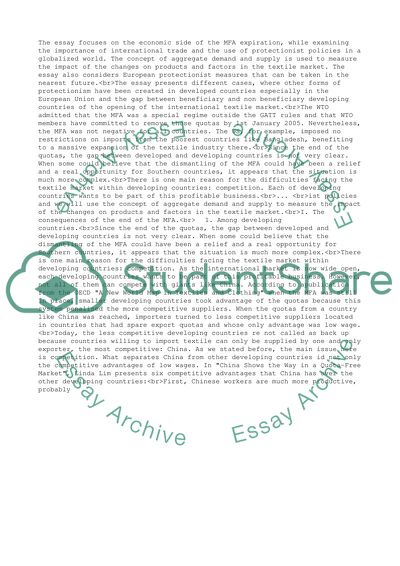Cite this document
(“Economic Impacts of the Multi Fibre Agreement expiration in the EU Essay”, n.d.)
Economic Impacts of the Multi Fibre Agreement expiration in the EU Essay. Retrieved from https://studentshare.org/business/1501536-economic-impacts-of-the-multi-fibre-agreement-expiration-in-the-eu-countries
Economic Impacts of the Multi Fibre Agreement expiration in the EU Essay. Retrieved from https://studentshare.org/business/1501536-economic-impacts-of-the-multi-fibre-agreement-expiration-in-the-eu-countries
(Economic Impacts of the Multi Fibre Agreement Expiration in the EU Essay)
Economic Impacts of the Multi Fibre Agreement Expiration in the EU Essay. https://studentshare.org/business/1501536-economic-impacts-of-the-multi-fibre-agreement-expiration-in-the-eu-countries.
Economic Impacts of the Multi Fibre Agreement Expiration in the EU Essay. https://studentshare.org/business/1501536-economic-impacts-of-the-multi-fibre-agreement-expiration-in-the-eu-countries.
“Economic Impacts of the Multi Fibre Agreement Expiration in the EU Essay”, n.d. https://studentshare.org/business/1501536-economic-impacts-of-the-multi-fibre-agreement-expiration-in-the-eu-countries.


